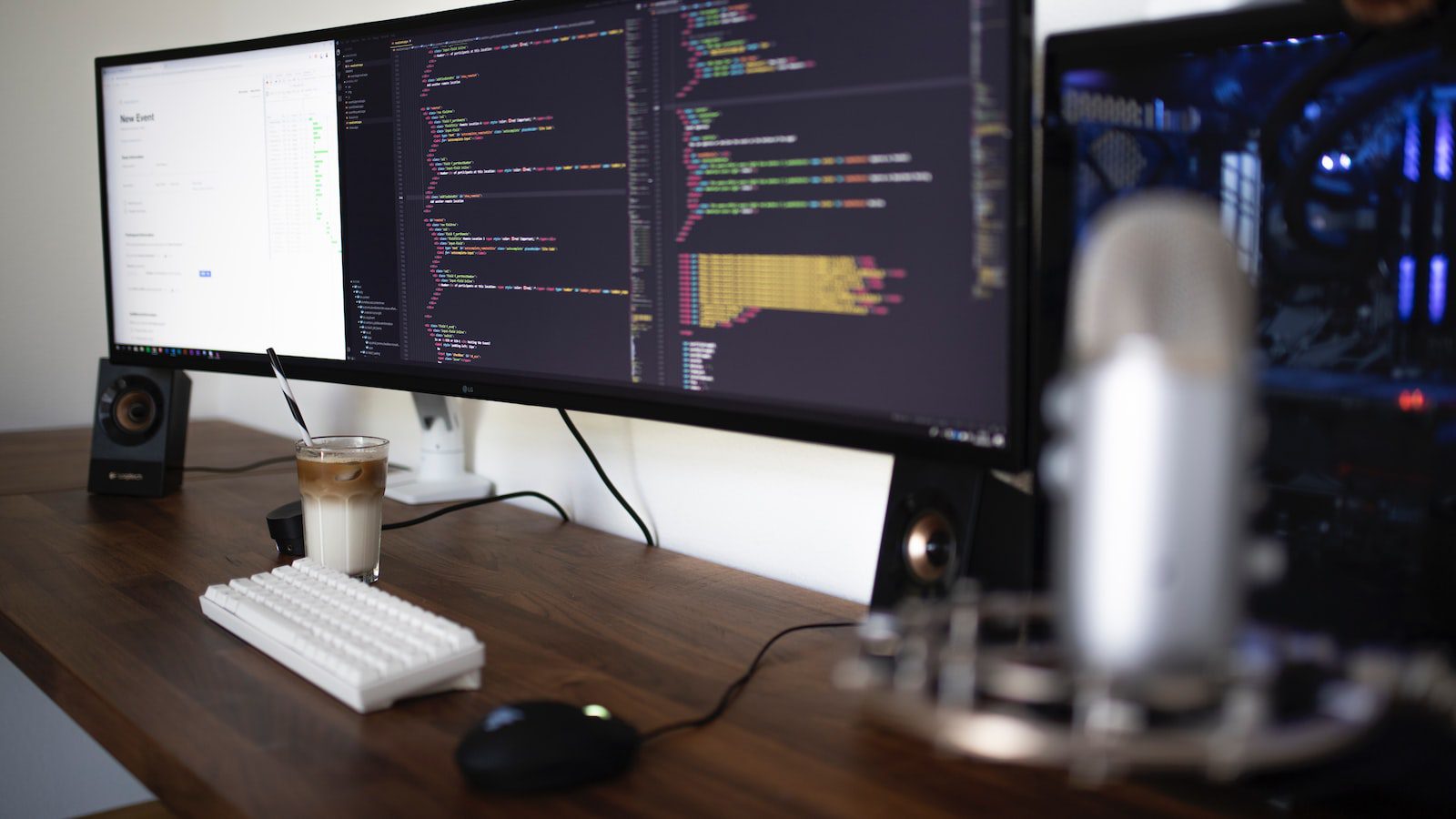Exploring Forex Trading
The Forex market, also known as foreign exchange (FX), is one of the largest and most liquid financial markets in the world. It’s an online market that enables traders to buy and sell currencies at daily prices. Forex trades occur over the counter (OTC) between two parties – typically an institution and an individual. Meaning, these trades go directly between trader and institution, and are not centralized on a market.
Forex trading is considered a golden opportunity for many traders, but it also has its risks. Before engaging in Forex trading, it is important to understand the market, its features and risk management. Here are some of the characteristics of Forex trading:
- No central Location: The Forex market is a decentralized market that is based on a network of computers connected to each other all around the world. This means that the market is present in all countries and traders can access Forex prices 24 hours a day, 7 days a week.
- High Leverage: The high leverage offered by brokers in Forex trading is one of its major attractions. It enables traders to trade significantly larger amounts with a relatively smaller investment. Leverage allows traders to take on more risk, but at the same time it increases their potential profits and losses.
- Liquidity: The Forex market is one of the most liquid markets in the world, meaning that traders can easily buy or sell currencies at any given time. Liquidity allows traders to make quick decisions and take advantage of market opportunities.
- Low Transactional Costs: Since there is no centralized exchange, the transactional costs associated with Forex trading are usually comparatively low.
- High Volatility: The level of volatility in the Forex market often results in traders having access to multiple trading opportunities on a daily basis. However, this volatility also increases the risk for traders.
Risks of Forex Trading
Forex trading carries a certain amount of risk, but that doesn’t mean that it should be feared. By understanding the risks and taking the necessary precautions and steps to minimize them, traders can greatly improve their likelihood of success.
The first and most important risk is the volatility risk which can be mitigated by understanding the market and how it works and by choosing the right strategies. Trading in the Forex market involves predicting future market movements and acting accordingly. This can be done by using technical analysis and fundamental analysis.
Traders should also pay attention to the leverage offered by the broker. Leverage can be a double-edged sword as it can amplify losses as well as profits. Therefore, it is important to use it carefully and only after carefully assessing the risks involved. Finally, traders should plan their trading carefully by setting goals and taking into account their risk profile.
Conclusion
Forex trading is a great opportunity for many traders, but it’s important to understand the market and the risks involved before engaging in it. By knowing the features of the market, taking the necessary precautions and understanding the risks, traders can greatly increase their chances of success. With a careful trading plan and the right strategies, traders can make profits and minimize losses in the Forex market. The stock market was relatively mixed this week, with the NASDAQ posting a slight decline while the S&P 500 and Dow Jones Industrials posted gains. Despite broad market uncertainty in the wake of negotiations over a new U.S.-China trade deal, economic optimism remains buoyed by the Federal Reserve’s dovish shift in recent months. Elsewhere, a report from the Institute for Supply Management said manufacturing activity in the U.S. expanded at a faster rate in November than had been expected. The 10-year Treasury yield stayed steady at around 1.74%. All of this helped to strengthen the U.S. dollar, which is now about one percent stronger than it was at the start of the week. Volatility is expected to remain high amid ongoing trade negotiation developments.



